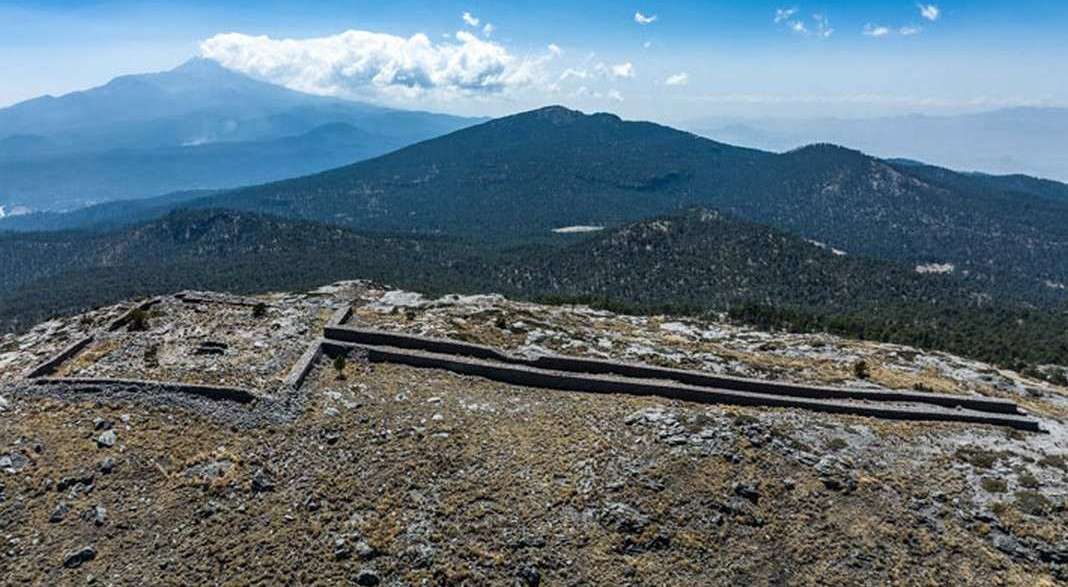Life Might Be Found on One of Saturn's Moons Without a Spacecraft Even Needing to Land
Plumes of methane-containing water vapor from Saturn's moon Enceladus could be ground zero for the discovery of extraterrestrial life.

Without clocks or modern tools, ancient Mexicans watched the sun to maintain a farming calendar that precisely tracked seasons and even adjusted for leap years.
In the early 16th century, the largest city in Spain had a population of less than 50,000, whereby in contrast the land the Spanish were on the verge of conquering could sustain millions.
By this time, the people living in the Mexican Basin had been using a calendar so precise, that it allowed them to time the planting of their crops to avoid the dangers of hot dry springs and summer monsoons, and detect both equinoxes, as well as both solstices, and leap years.
Research now compiled by the University of California, Riverside, shows how the Aztec, or Mexica as they called themselves, were able to achieve such accuracy in timing the seasons and the weather.
"We concluded they must have stood at a single spot, looking eastwards from one day to another, to tell the time of year by watching the rising sun," said Exequiel Ezcurra, distinguished UCR professor of ecology who led the research.
That single spot was identified through Mexica manuscripts that tell of a Mount Tlaloc east of the Mexican Basin. Using computer modeling of the sunrise, Ezcurra et al. determined that atop this sacred mountain lies a temple, and that on the first day of the Mexica New Year, Feb. 24th, the sun would have risen precisely behind a causeway-like structure on the temple seen in the image above.
"Our hypothesis is that they used the whole Valley of Mexico. Their working instrument was the Basin itself. When the sun rose at a landmark point behind the Sierras, they knew it was time to start planting," Ezcurra said. "The Aztecs were just as good or better as the Europeans at keeping time, using their own methods."
By using a fixed point of sunrise, the Aztecs were able to account for very particular celestial phenomena, for example "solar declination." In winter, due to the tilt of the Earth, sunrise occurs below the celestial equator and appears from the Mexican Basin in the southeastern sky, while during summer the reverse happens, and the sun swings round to the northeast.
Other topographical features have been observed as potentially having a place in the calendar system, for example the sun rises behind Mount Telapón on October 15th, and behind Mount Tehuicocone on the Winter Solstice.
SHARE This Ancient Wisdom With Your Friends…
Be the first to comment